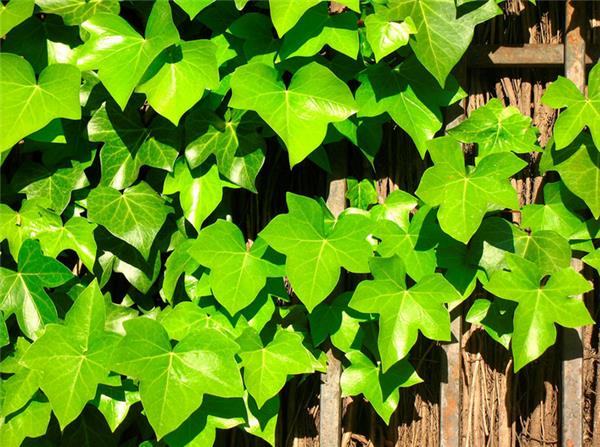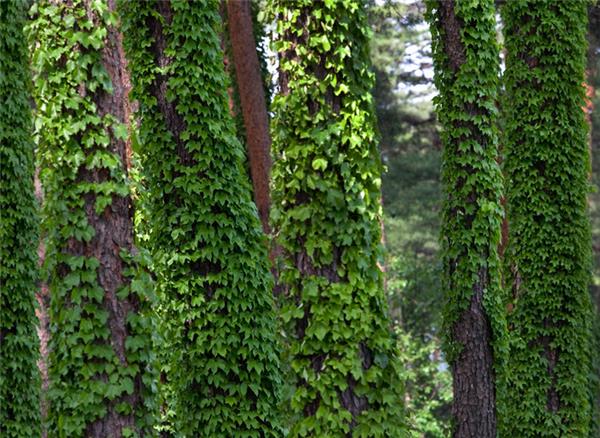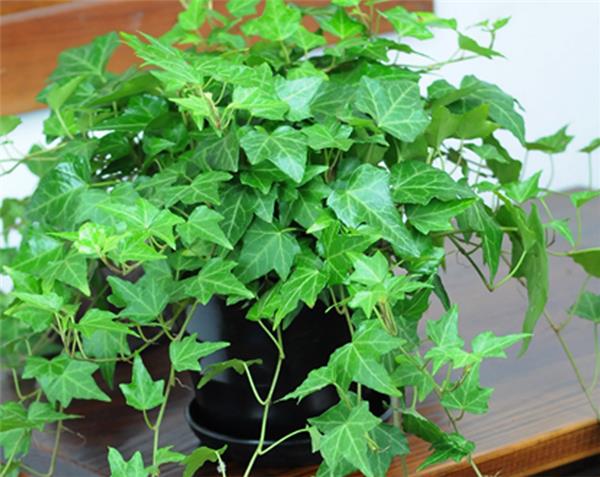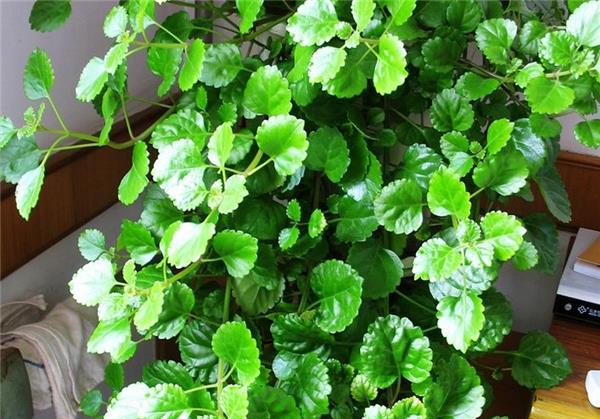What if the leaves of ivy wilt?
Ivy is a common indoor foliage plant, but in the process of breeding, you may encounter the wilting of ivy leaves. What if the leaves of ivy wilt?

What if the leaves of ivy wilt?
One: the discomfort of the conservation environment may lead to the wilting of ivy leaves. Ivy needs to grow in semi-shade or scattered light, and strong light and excessive shade will be disadvantageous to its growth.
Second: ivy is a new plant transplant, or just changed the pot but not recovered caused by the wilting of ivy leaves, can gradually increase the air humidity to ease, the near future do not carry out root fertilization.

Third: improper watering may also lead to wilting of ivy leaves, watering needs to make the soil slightly moist or water thoroughly when the surface of the basin soil is dry, avoiding the accumulation of waterlogging and long-term drought.
Fourth: improper fertilization may also lead to the wilting of ivy leaves, do not apply too much fertilizer or apply immature raw fertilizer at one time, otherwise it will cause serious fertilizer damage and cause ivy wilting and even necrosis. Fertilization should be carried out in a small amount and many times, and frequent application of thin fertilizer is the basic principle of raising ivy well.
Fifth: inappropriate temperature may also cause ivy leaves wilting, high temperature will lead to ivy yellow leaves and even wilting, ivy suitable growth temperature is 18-30 degrees, it is best to keep at this temperature.

Conservation of Ivy
Ivy is a negative vine, can also grow in full light environment, in warm and humid climate conditions grow well, not cold-resistant. Lax requirements on the soil, like moist, loose, fertile soil, not resistant to salt and alkali. Epiphytic on the damp cliffs of tree trunks or valleys in broad-leaved forests, and often cultivated in gardens.
Ivy likes warm, shady environment, avoid direct sunlight, but like sufficient light, cold resistance, strong resistance, lax requirements on soil and water, neutral and slightly acidic for the best. Morphological characteristics and uses perennial evergreen woody vines. Climbing growth, the stem can reach more than 20 meters, with attached roots and scales on the twigs. The leaves have two forms: one is the triangular or hastate-shaped leaf on the sterile branch, entire or with three lobes, and the other is the lanceolate leaf on the fertile branch, the entire margin and the petiole is slender. Umbels born at the top of branches, the flower color is light green and white, fragrant, flowering from September to November. The fruit is globose, ripens from April to May the following year, and is red or yellow when it matures.

The leaf color and shape of ivy are varied, evergreen all the year round, is a beautiful climbing plant, can be used as scaffolding or wall vertical greening. It is also suitable for indoor pot culture, and it is also a very good indoor foliage plant, which can be used as potted plant, hanging basket, totem, plastic plant and so on. Ivy is also the configuration material for cut flowers. In addition, it is a good ground cover material to be planted with other plants. The whole plant can be used as medicine.
Ivy likes warmth, is afraid of heat, is not cold-resistant, likes light, and is more resistant to shade. When cultured under semi-light conditions, the internodes are shorter, the leaf shape is consistent, and the leaf color is bright, so it is appropriate to keep it in a bright place. If you can put the outdoor shade for a period of time in the spring and autumn, so that the ivy can see more sunshine in the morning and evening, it will be full of vitality and green leaves. However, we should pay attention to prevent the direct light, otherwise it is easy to cause sunburn. Ivy watering in the growing season to see dry and wet, can not let the basin soil too wet, otherwise it is easy to cause ivy rotten roots and fallen leaves. The room temperature is low in winter, especially to control watering and keep the basin soil slightly wet. The northern winter climate is dry, it is best to spray wash with water close to room temperature every week to maintain air humidity, then the ivy appears alive, the leaf color is green and shiny. If there is leftover beer, used to spray leaves, the color of ivy is dark green.
Related
- Wuhan Hospital Iron Tree Blooming Result Was Instantly Frightened by the Gardener Master
- Which variety of camellia is the most fragrant and best? Which one do you like best?
- What is the small blue coat, the breeding methods and matters needing attention of the succulent plant
- Dormancy time and maintenance management of succulent plants during dormancy
- Minas succulent how to raise, Minas succulent plant pictures
- What are the varieties of winter succulent plants
- How to raise succulent plants in twelve rolls? let's take a look at some experience of breeding twelve rolls.
- Attention should be paid to water control for succulent plants during dormant period (winter and summer)
- Watering experience of twelve rolls of succulent plants
- Techniques for fertilizing succulent plants. An article will let you know how to fertilize succulent plants.



